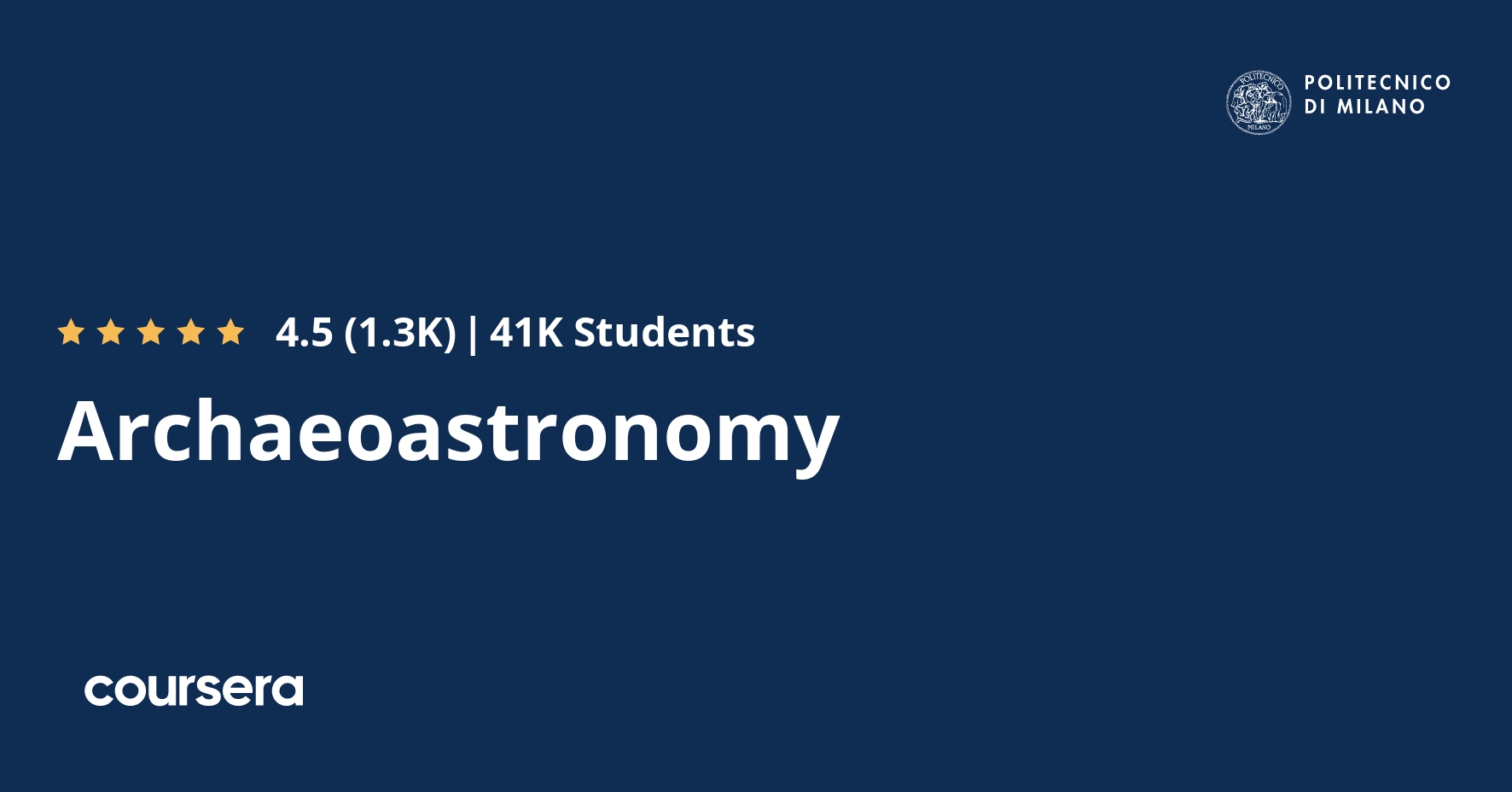Description
Archaeoastronomy is the “science of stars and stones”. It is an interdisciplinary science in between architecture, archaeology, and astronomy. It studies the relationships between the ancient monuments and the sky, in order to gain a better understanding of the ideas of the architects of the past and of their religious and symbolic world. The course provides the first complete, easy introduction to this fascinating discipline.
During the course, many spectacular ancient sites of archaeology – such as Stonehenge in England, Giza and Karnak in Egypt, Chichen Itzá in the Yucatan, Macchu Picchu in Peru and the Pantheon in Rome – will be visited and the fascinating events occurring there in special days of the year (such as solstices, equinoxes, or the day of the foundation of Rome) will be shown and explained. The course also provides the necessary background on Astronomy with the naked eye and a general introduction to the role of Astronomy in religion and in the management of power among ancient cultures.
What you will learn
Week 1
In this week we shall learn the basic tools which are needed for studying Archaeoastronomy. Essentially, this means learning Astronomy with the naked eye, since the ancients did not have telescopes, and becoming acquainted with a simple instrument – the magnetic compass – and amazing softwares: virtual globes and digital planetariums.
Week 2
The core of the course: understanding how astronomy, religion, and the management of power were connected in ancient cultures, and the way in which these connections are reflected in architecture and landscape since the Neolithic. At the end of the week we shall thus visit the places where Archaeoastronomy was born: Stonehenge and Newgrange.
Week 3
An archaeoastronomical tour in a wonderful land: Egypt of the Pharaohs. We shall visit Khufu’s (Cheops) Great Pyramid and assist to the spectacular hierophany which occurs every year at Giza at the summer solstice. Then, we shall move to the huge temple of Karnak at the winter solstice, to finally encounter the “heretic” king Akhenaten and the astronomy-related project of his new capital.
Week 4
An introduction to pre-Columbian Archaeoastronomy, with key topics such as the Maya Calendar, the role of astronomy in Maya architecture, and the sacred space of the Incas at Cusco and Macchu Picchu.







